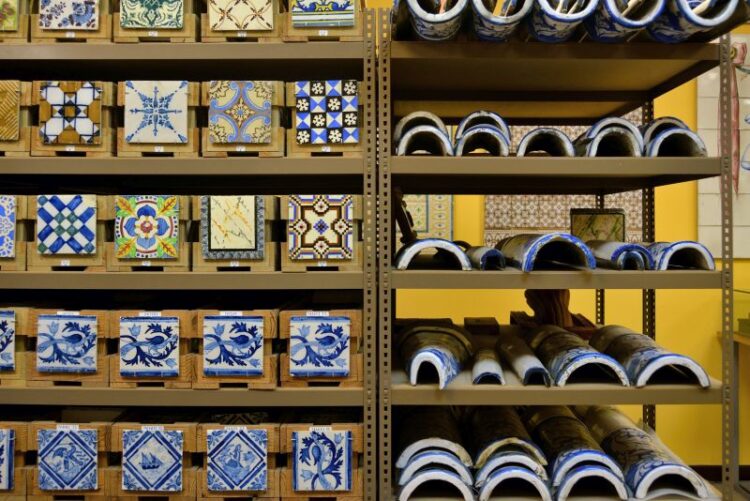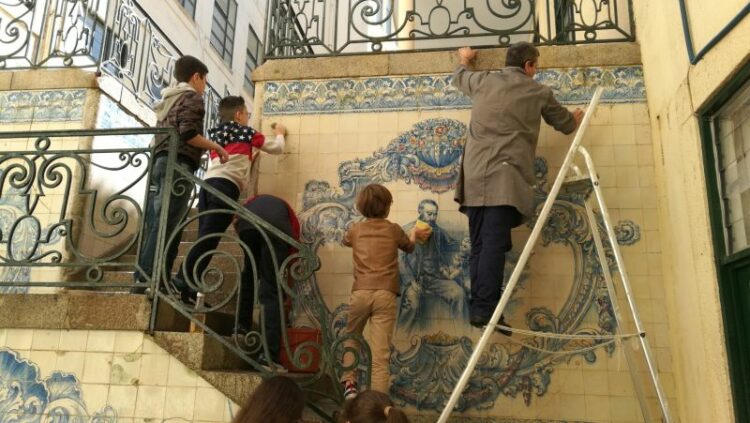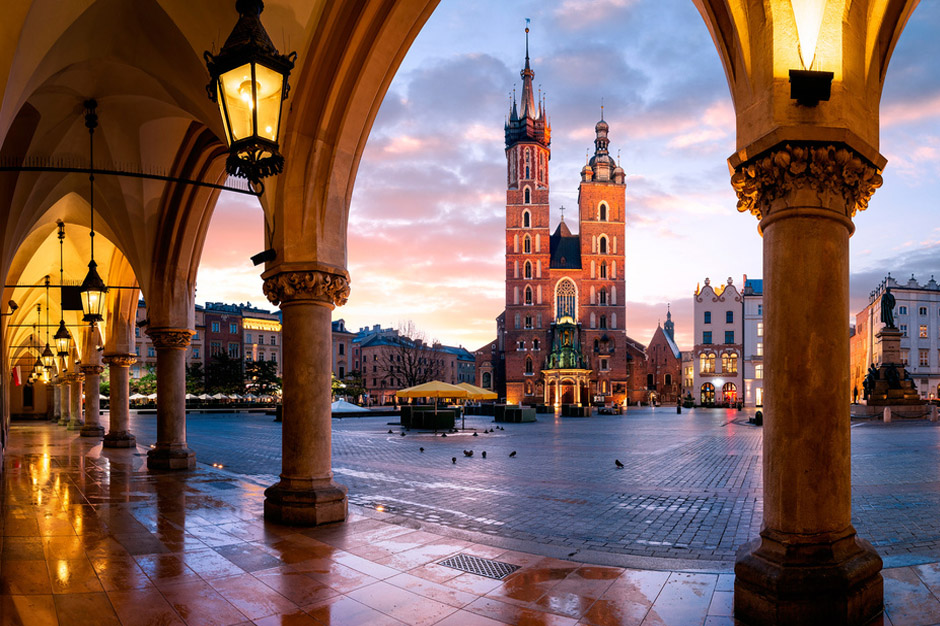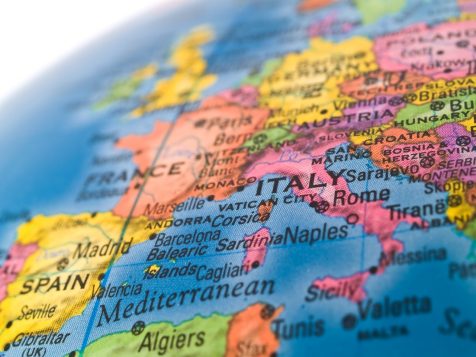The municipality of Porto was a pioneer in the creation of an innovative service, the Materials Bank (MB), aimed at safeguarding the most varied construction and ornamentation materials of Porto’s buildings. Awarded in 2009 and 2013 for the SOS Azulejo Project and selected in 2015 as a case study (one of 70) highlighted in the online catalogue EUROCITIES Culture for cities and regions.
With more than three decades of existence, the MB is housed in the Palacete dos Viscondes de Balsemão, having opened a permanent exhibition/reserve to the public in 2010. In this new space and concept, the BM has broadened its scope of action and consolidated its main objective of giving and receiving traditional materials with heritage value free of charge, with the dual function of, on the one hand, storing and valuing items of museological interest and, on the other, promoting their proper preservation in the urban context, lending them to the maintenance and enhancement of the city’s identity image.
The performance of the MB over the last decade stands out for the high number of pieces safeguarded, more than 44600 elements collected for deposit and of these more than 15500 returned to the buildings.
Currently, the MB is involved in supporting urban management services and residents who wish to conserve and rehabilitate their buildings. Therefore, the cataloguing/inventory of the elements is a task of crucial importance for the knowledge and management of the existing stock, both in the buildings and in storage. To date, 6000 types of ceramic elements have been catalogued (corresponding to the number of patterns and their variations in design, shape and colour). A total of 3220 buildings have also been mapped, 623 of which are within the Historic Centre perimeter, classified by UNESCO in 1996 as a World Heritage Site.
To find out more about this good practice, see the attached document


bty



